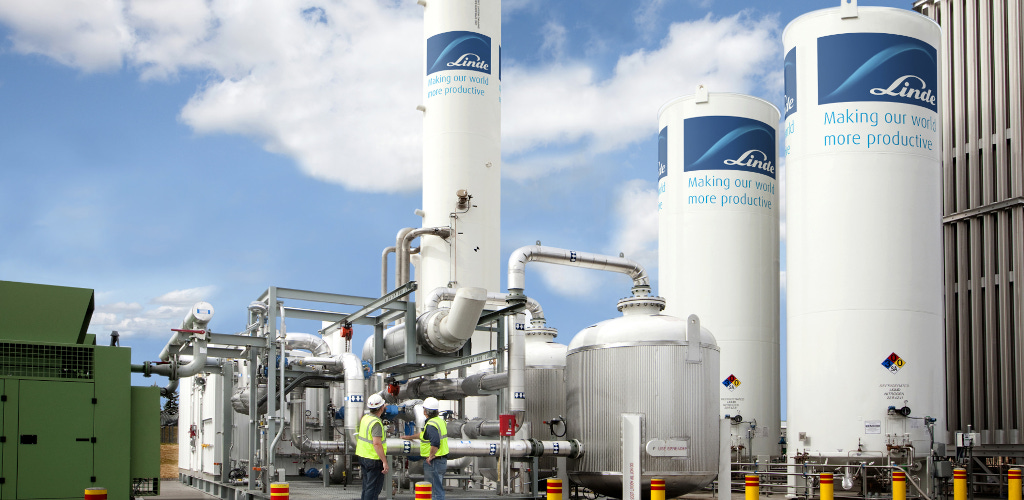Nascent Sector Tipped to be Major Source of Breakbulk Opportunities

Oilfield services company SLB and industrial gases supplier Linde have agreed to work together in developing carbon capture, utilization and sequestration, or CCUS projects.
CCS, tipped to be a major source of cargo-carrying opportunities for breakbulk and project cargo in the coming years, is a technique used in power plants and other industrial facilities to trap and compress CO2 before transporting it to special sites for underground storage.
The “U” is added when the CO2 is recycled to make plastics and other products.
The technique is seen as a critical tool to help decarbonize the energy sector, with large-scale CSS plants demanding breakbulk support to transport and install pipelines, storage tanks, giant compressors, processing equipment, ship-handling facilities and other oversized components.
In a joint statement, SLB – which changed its name from Schlumberger in late-October – and Linde said their collaboration would focus on hydrogen and ammonia production processes that create CO2 as a by-product, and on natural gas processing.
The two companies have been working on other decarbonization projects for more than a year.
“Carbon capture and storage will be a key lever for tackling global warming,” said Sanjiv Lamba, CEO of UK-headquartered Linde.
“We are committed to helping customers decarbonize their operations in a cost-effective way. With SLB, we are able to offer technology-driven solutions – from execution of complex EPC projects through to ensuring reliable and safe long-term storage.”
In a recent report, clean energy analyst BloombergNEF said the sector was undergoing “drastic growth”, with global carbon capture capacity slated to rise sixfold by the end of the decade to 279 million tonnes captured annually.
More than US$3 billion has already been spent on CSS projects this year, according to the analyst, with a raft of recent new laws designed to incentivize storage triggering investment in ever-more ambitious projects.
Soon after the US passed its Inflation Reduction Act, a piece of legislation that increased tax credits for CCUS by 70 percent, a project to build 5 million tonnes of carbon removal capacity in Wyoming was announced.
A first phase, dubbed “Project Bison”, could be up and running by the end of next year, with developers targeting full capacity by 2030.
SLB and Linde are members of the Breakbulk Global Shipper Network, a worldwide network of shippers involved in the engineering, manufacturing and production of project cargo.
Click here to find out more about the BGSN.

